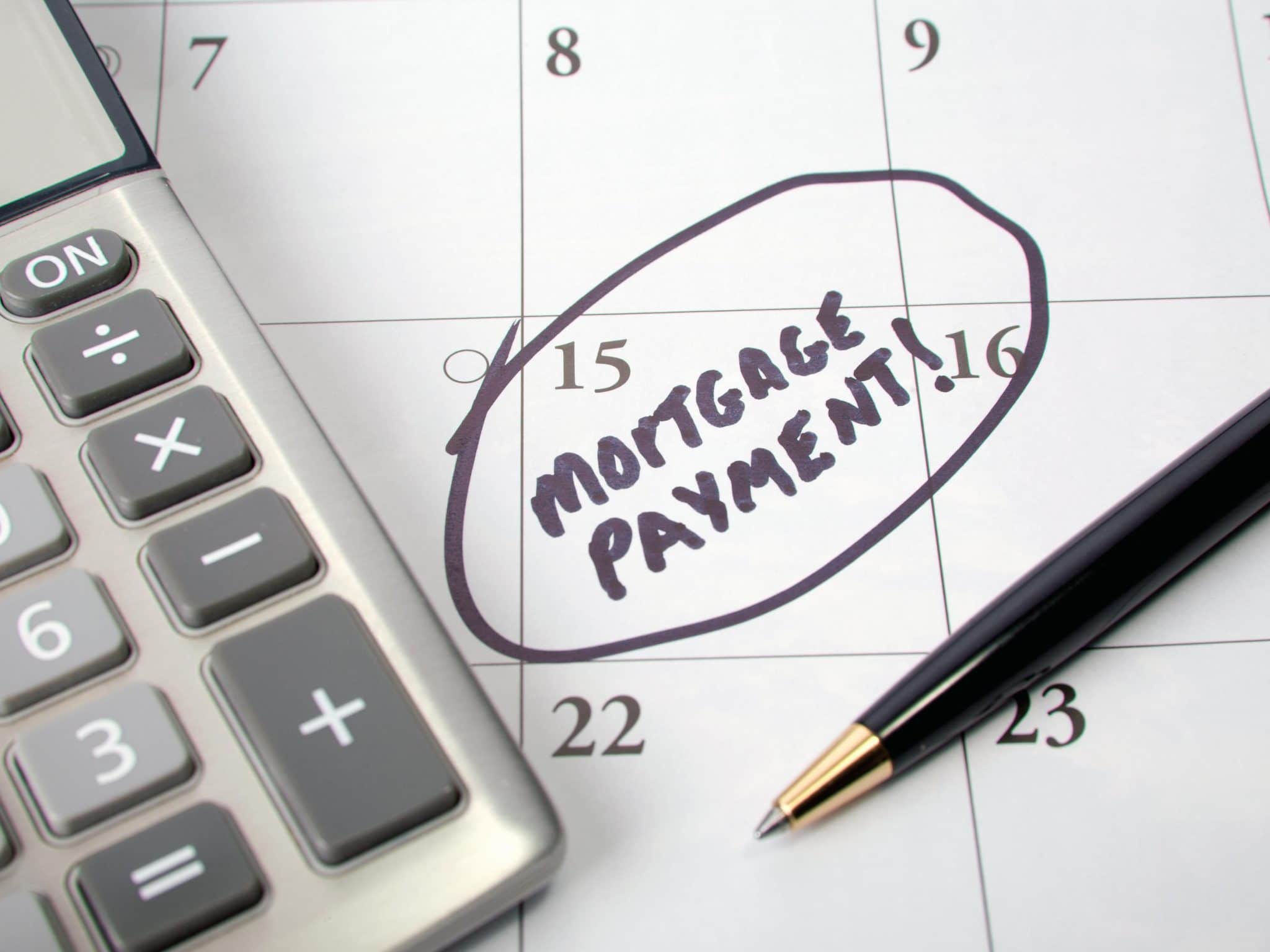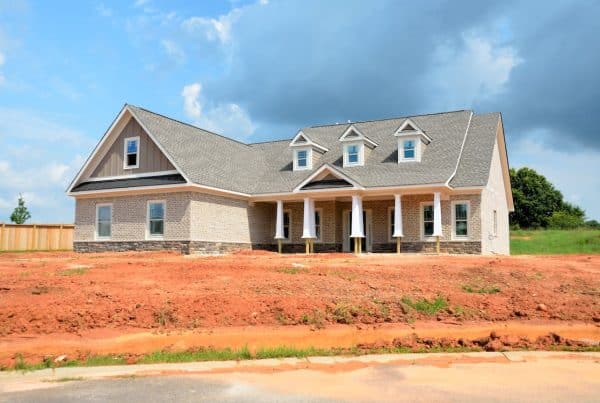Deciding to buy a house is a tough decision, however, the good and the bad news is that finding the right house means that you have reached half the way. Unless of course, you are willing to buy the house thoroughly in cash.
However, that’s not the case we will discuss in this article. The other half of the journey is choosing a suitable mortgage payment for you. Since mortgage payments aren’t the same as car loans or buying a 3D smart TV; mortgages are paid over a long duration of time, hence, finding the right mortgage plan is a critical decision.
What does a mortgage payment consist of?
Similar to any type of loan, a mortgage payment is a payment made over a prespecified duration of time. Basically, it consists of a principal amount and interest amount. In some mortgages, there are no interests, but that’s not the majority.
The monthly mortgage payments are a legal agreement made between you and your lender where you both agree on a specific amount over a specific duration of time. The payment schedule is referred to as an amortization schedule – a schedule made using certain calculations.
Types of Mortgages
Nowadays, there are many types of mortgages made to suit different people’s needs. Not all mortgages are the same. Depending on your financial situation, you’ll need a specific type of mortgage. In some cases, a lender may require a 40% down payment, in others, it could be as small as 5%. Nonetheless, the decision to choose isn’t entirely up to you – there are other factors that guarantee you’ll be able to keep up with the payments such as pristine credit.
Conventional Mortgage Loans
The most common mortgage plan as the name implies is the conventional mortgage loan. This loan isn’t given to you by the government, instead, it’s backed up by government-sponsored corporations that are known for trading conventional mortgages.
Conventional mortgages do have their own requirements, such as the borrower’s pristine credit which reflects their employment stability, bank statements, money available to pay the down payment.
Reverse Mortgage Loans
A reverse mortgage payment, also referred to as the Home Equity Conversion Mortgage is a relatively new concept that is used to add stability to your retirement years. Nonetheless, the usefulness of this type of mortgage payment is subjective.
This type of mortgage is for people aged 62 and up. It’s a mortgage that is used if you already own a house, hence the word “reverse”, and want to live in your house without paying mortgage payments by borrowing against the value of their home’s equity.
Instead of making payments, the loan value is paid when the homeowner dies or decides to sell the house. However, there are regulations set so that the house’s value isn’t less than the loan balance due over time. The regulations are very strict because we don’t want the borrower’s estate to be held accountable for the difference in values; this usually happens if a sudden economic situation happened or the borrower’s lifespan is long.
Conforming Mortgage Loans
The conforming mortgage loans are backed up by a federal government by an amount set by them. The limits are based on the geographic area. The amounts are set yearly by the federal government, however, these limits aren’t applicable to every geographic area.
Since in some areas the property prices are very high, the federal government sets a limit for the conforming mortgage plans allowed.
Nonconforming Mortgage Loans
Nonconforming loans, which include loans called “Jumbo loans”, are loans that can’t be traded in government-sponsored corporations responsible for buying and selling loans because of the amount of the loans and the underwriting regulations.
The name “jumbo” is given to these loans because the amount limit is bigger than that is the conforming mortgage loans. These loans are risky for lenders and require a higher credit score for the borrowers – they must be able to pay a larger down payment percentage, typically 20-30% minimum.
Conclusion
As aforementioned, choosing a mortgage payment isn’t a decision entirely up to you – the decision is based on your credit score and the geographic area you live in. so, before you start looking for different mortgage plans, check your credit score to acknowledge your eligibility for certain loans.
It’s better to start by correcting any errors in your credit score report, improving your credit score, and securing financing before you start looking for homes or approaching lenders. That way, you’ll have a better chance at getting the plan you want since you look more prepared which translates to less risk to the lender.








